Since the introduction of the RAW photo file there has been a debate over whether photographers should use RAW over JPEG when capturing their work.
Firstly, it is important to know that RAW is a file format that captures all of the data recorded by the cameras sensor. In contrast when you shoot in JPEG the camera is compressing the file by removing some of the data from the image.
I am a strong believer in shooting RAW and here are five reasons why you should be shooting RAW and ditching JPEG as a way of capturing images.
1. Correct Over or Underexposed Images Easily
After many years being a photographer I still make the odd mistake with my exposure either by over or under exposing the shot. This generally happens when I move quickly from one lighting condition to another. In the days of shooting with JPEG this always meant that the image was unusable.
However, once I started shooting RAW any mistake made with the exposure meant that there was a good chance the image could be saved after a little tweaking in photoshop. This happens because the RAW file retains all the information captured by the camera whereas the JPEG file compresses the image by removing a lot of that information.
2. Non-Destructive Editing
Making an adjustment to a RAW file means that you are not actually doing anything to the original file. What you are doing is creating a set of instructions that are passed on to the next file format such as JPEG or TIFF.
It also worth noting that JPEG files lose quality every time you open, adjust and save the file. This means a degradation in image quality each and every time you save. You should therefore be duplicating the JPEG file and making adjustments to the duplicate only.
3. Highest Level of Quality
The biggest benefit of shooting in RAW is that all of the data your camera is capturing is kept within the file and not removed by a complicated algorithm (JPEG).
Your camera will almost certainly capture any image in RAW but most cameras automatically convert the RAW files into JPEG in order to save memory. The problem with this is that your cameras processor isn’t going to be as good as your computers processor and/or software, therefore leaving you with an image that is not as good as it could be.
4. Greater Detail in the Image
Using a software programme like Adobe Photoshop will allow you to improve sharpening and remove any noise on the image rather than the camera implementing it’s own changes to the picture, which will not be as good.
5. Better Photo Prints
If you want the best possible print hanging from your wall you need to have the best digital file to work from. Using RAW and a decent photo editor will help you take your work to another level of quality that will shine through in the final print.
After you have finished your post production make sure you save your RAW file as a JPEG (Level 12 compression) this will leave you with the highest quality JPEG for sending through to the printer.
The Downsides to Shooting in RAW
There aren’t many downsides to shooting in RAW but the main issue that photographers have would be the size of the files you have to download.
For example, I shot a rather large wedding a few weeks ago and ended up with around 4,000 images on several 32GB SanDisk compact flash cards. Once I uploaded the images to my drive I ended up with around 120GB of data that needed to be backed up. That works out at about 240GB of data needing to be stored, which is a lot for a single wedding!!
Another area which might be of concern is the amount of time it takes for your camera to process the RAW images before it starts hitting the buffer and slowing everything down. This will depend a lot on the camera that you are using, the read/write speed of your memory card, the size of the RAW file itself, your subject matter and style of photography – do you press the shutter and don’t let go until the end of the shoot!
Overall, the good far far outweighs the bad when it comes to shooting in RAW as far as I am concerned.


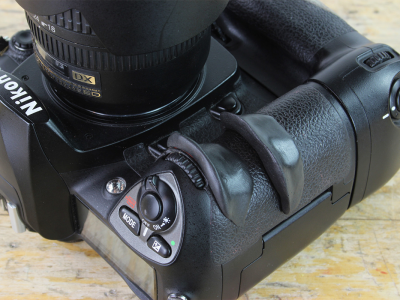
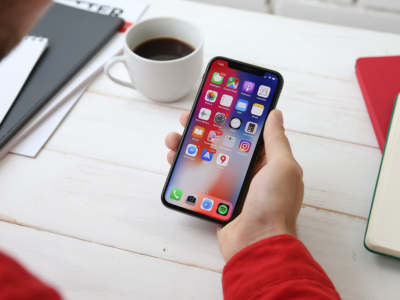

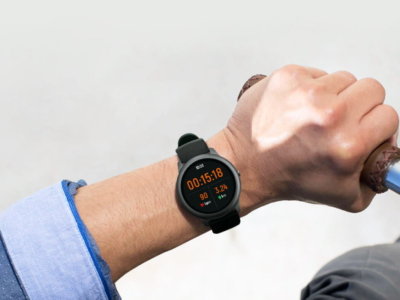
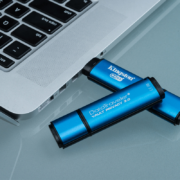




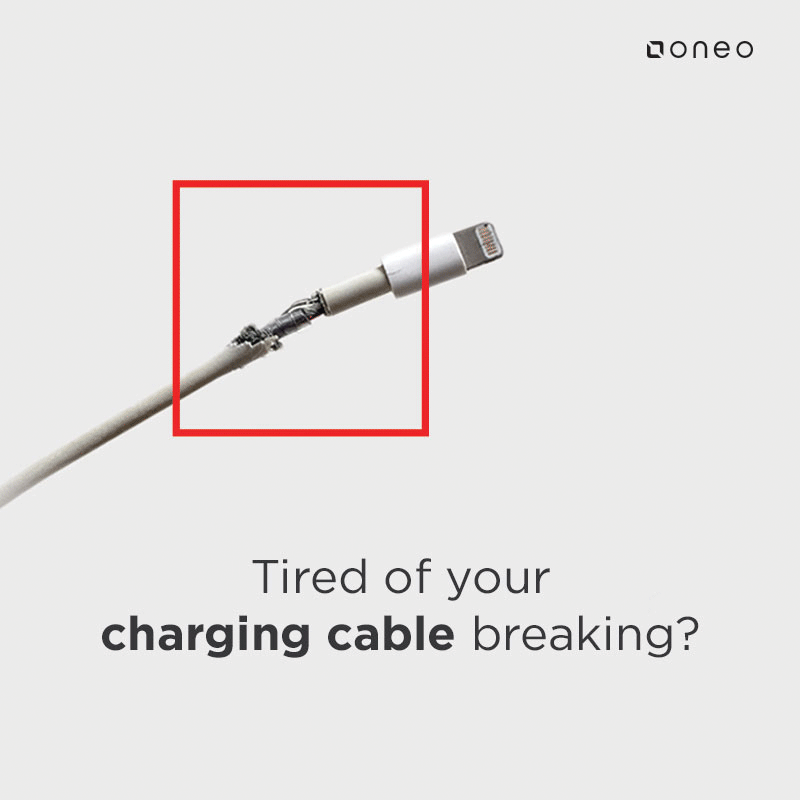
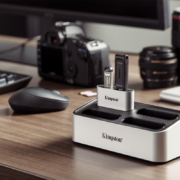
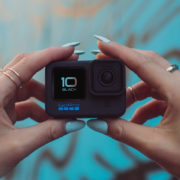
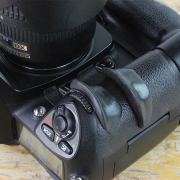
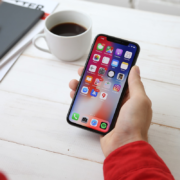
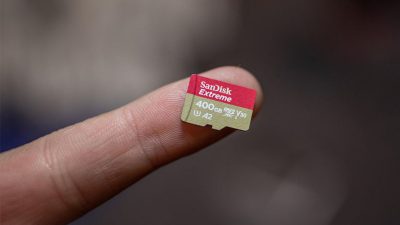

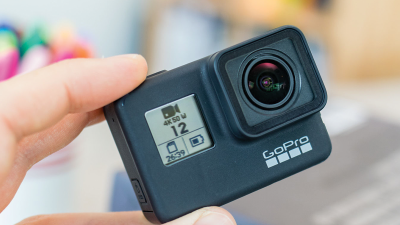
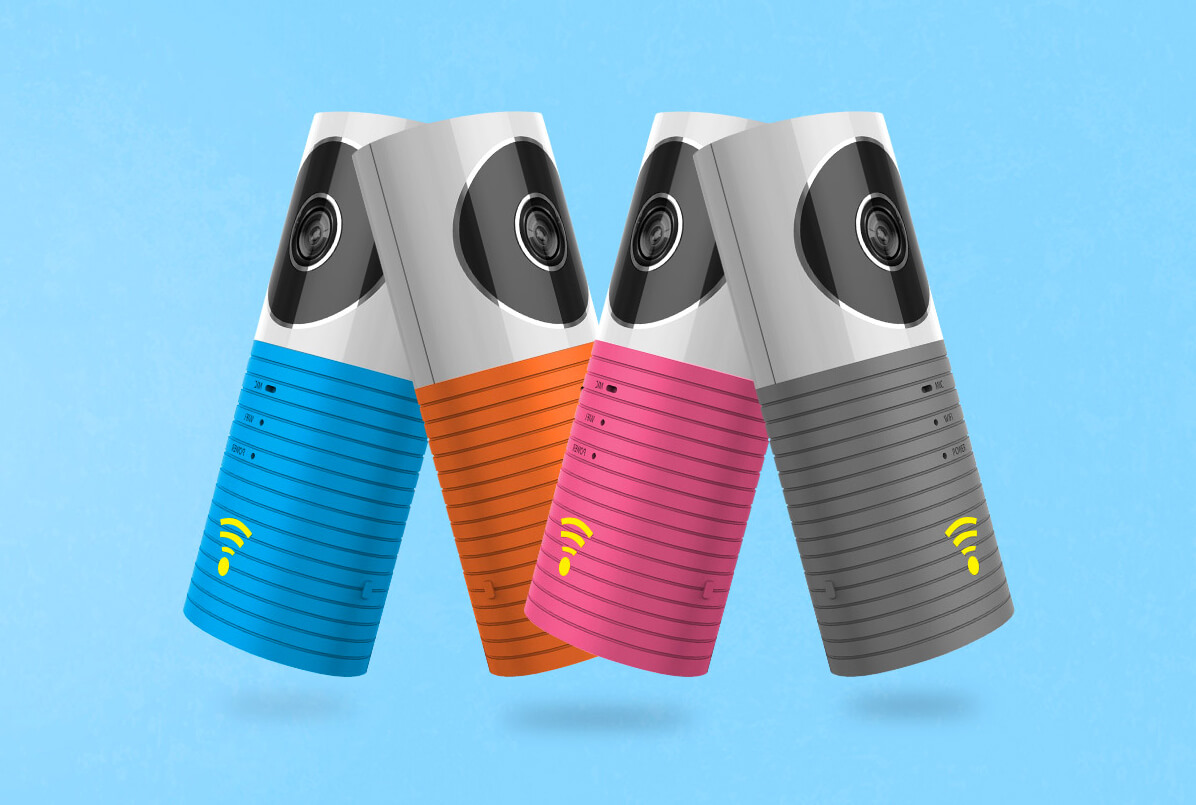
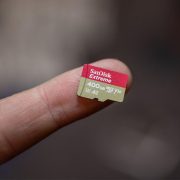

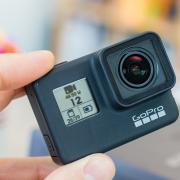
Comments